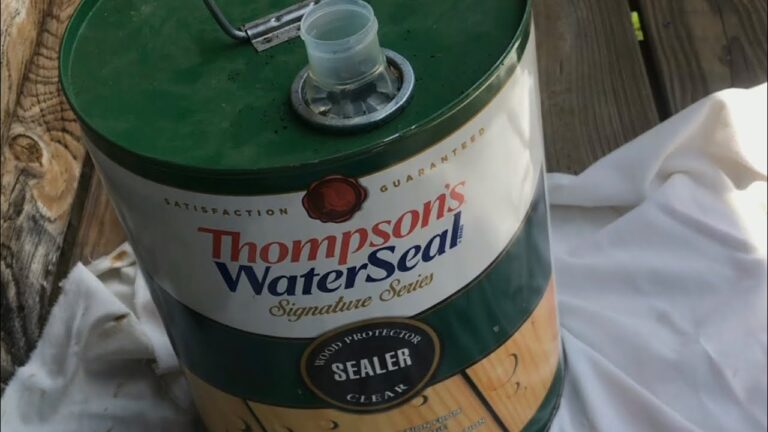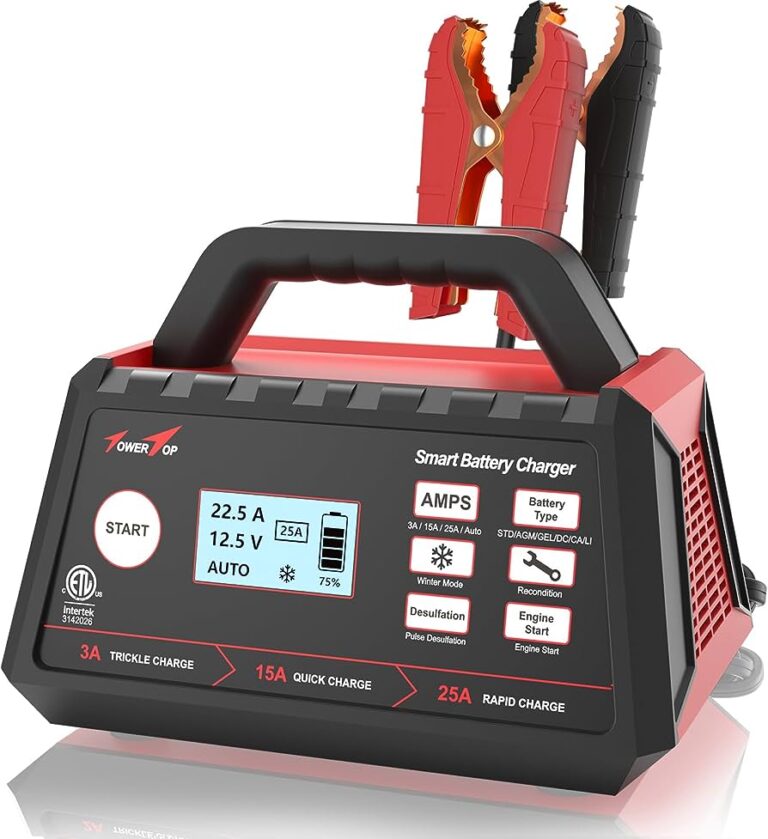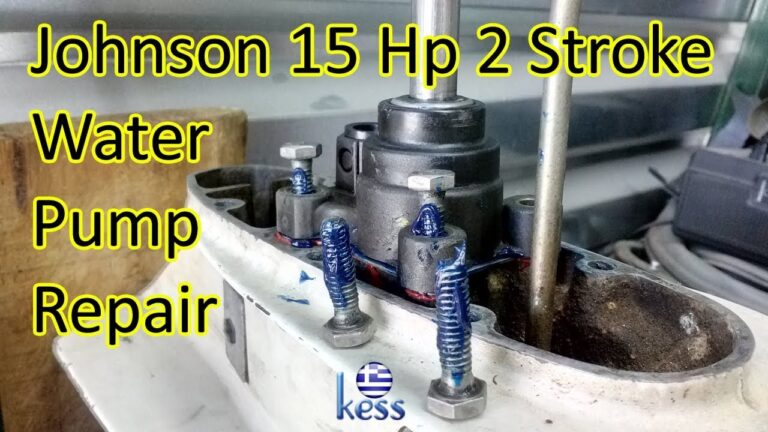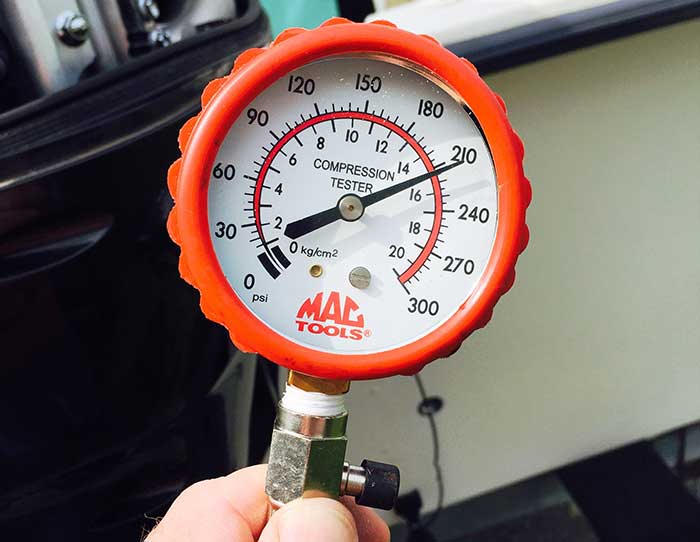Understanding And Maintaining Boat Electrical Systems
Understanding and maintaining boat electrical systems requires an understanding of how watts from various power sources run through the wires to charge batteries, and how electrons move from the battery bank through the inverter to power appliances. To properly maintain your boat’s electrical system, follow these seven tips: inspect and test all electrical components, keep connections clean and tight, regularly check and recharge batteries, protect against corrosion, use appropriate wire sizes, properly install circuit breakers and fuses, and educate yourself on electrical safety precautions.
By following these guidelines, you can ensure the reliable functioning and longevity of your boat’s electrical system.

Credit: www.amazon.com
Basics Of Boat Electrical Systems
Boat electrical systems work by transferring power from the source (solar panel, generator, or boat engine) through the wires to the converter, which charges the batteries. When appliances need to be powered, the electrons move from the battery bank through the inverter to the outlets.
Understanding and maintaining these systems is crucial for boaters.
Boat electrical systems play a crucial role in ensuring the smooth operation of various components on board, such as lights, navigation systems, communication devices, and more. Understanding the basics of boat electrical systems is essential for both the safety and enjoyment of your boating experience.
In this section, we will explore the introduction to boat electrical systems, the importance of these systems, and common issues that boat owners often face.
Introduction To Boat Electrical Systems
- Boat electrical systems consist of a network of wires, switches, fuses, and batteries that provide power to the onboard equipment.
- These systems allow you to operate important appliances and navigation instruments, ensuring your safety and comfort while out on the water.
- It is important to have a basic understanding of how boat electrical systems work to troubleshoot and maintain them effectively.
Importance Of Boat Electrical Systems
- Boat electrical systems are vital for the overall functionality and safety of your vessel. Here are a few key reasons why they are important:
- Powering essential equipment: Boat electrical systems provide the power required to operate essential equipment such as navigation lights, bilge pumps, radio communication devices, and electronic navigation systems.
- Safety and emergency features: These systems are responsible for powering safety features like fire alarms, distress signals, and emergency lighting, ensuring you can quickly and effectively respond to unforeseen situations.
- Convenience and comfort: Boat electrical systems also enable various comfort features onboard, including refrigeration units, air conditioning, entertainment systems, and lighting.
Common Issues Faced With Boat Electrical Systems
- Boat electrical systems can experience various issues that need to be addressed promptly. Here are some common problems that boat owners often face:
- Corrosion: Saltwater and exposure to the elements can cause corrosion on electrical components, leading to poor connections and a decrease in system performance.
- Wiring issues: Loose or damaged wiring can result in intermittent power supply or failure of specific equipment.
- Battery problems: Dead or improperly maintained batteries can lead to a loss of power, affecting the functionality of crucial systems.
- Faulty switches and fuses: Malfunctioning switches and blown fuses can disrupt the power flow to different devices onboard.
- Overloading: Overloading the electrical system by connecting too many devices simultaneously can lead to electrical failures and even fire hazards.
Understanding these common issues with boat electrical systems will help you diagnose problems early and take appropriate measures to resolve them. Regular maintenance and periodic inspections of your boat’s electrical system are crucial for its longevity and performance.
Components Of Boat Electrical Systems
Understanding and maintaining boat electrical systems is crucial for their proper functioning. From wiring and batteries to converters and inverters, every component plays a vital role in powering appliances and devices on board. Regular inspections and maintenance ensure smooth operations and prevent potential electrical issues while out on the water.
Boats are equipped with complex electrical systems that play a crucial role in powering various components and systems on board. Understanding the key components of boat electrical systems is crucial for their maintenance and troubleshooting. Let’s explore some essential components:
Understanding Volts, Amps, Resistance, And Watts:
- Volts: Volts measure the electrical pressure or potential difference in a circuit. It represents the force that drives electric current.
- Amps: Amps, short for amperes, measure the rate of electric current flow in a circuit. It indicates the quantity of electrons passing through a point per second.
- Resistance: Resistance refers to the opposition encountered by electric current as it flows through a circuit. It is measured in ohms (Ω) and determines the flow of current.
- Watts: Watts measure the rate of energy transfer or power in a circuit. It is a product of the voltage and current.
Explaining Power Formula And Equations:
Understanding the power formula is crucial for calculating the power requirements of electrical systems on boats. Here’s the power formula and equations:
- Power (in watts) = Voltage (in volts) x Current (in amps)
- Power (in watts) = (Voltage (in volts))^2 / Resistance (in ohms)
- Power (in watts) = (Current (in amps))^2 x Resistance (in ohms)
Exploring Amp Hours Vs Watt Hours:
Amp hours (Ah) and watt hours (Wh) are important measurements for determining the capacity and energy storage of batteries on boats. Here’s the difference between the two:
- Amp hours (Ah): Amp hours indicate the amount of current a battery can deliver in one hour. It represents the battery capacity and determines how long it can power a device.
- Watt hours (Wh): Watt hours indicate the total energy capacity of a battery. It takes into account both the voltage and the amp hours of the battery and provides a more accurate measure of energy storage.
Differentiating Between Alternating And Direct Current:
Understanding the difference between alternating current (AC) and direct current (DC) is essential for boaters. Here’s a brief explanation:
- Alternating current (AC): AC is a type of electric current that periodically changes direction. It is the standard form of electricity supplied by utilities and is used to power most household appliances.
- Direct current (DC): DC is a type of electric current that flows in only one direction. It is commonly used in batteries and electronic devices on boats.
Having a basic understanding of volts, amps, resistance, and watts, as well as the difference between AC and DC, is crucial for boaters to effectively maintain and troubleshoot their boat electrical systems.
Troubleshooting And Maintenance Tips For Boat Electrical Systems
Learn how to troubleshoot and maintain your boat’s electrical system with these essential tips. Gain a better understanding of marine power systems and keep your boat running smoothly both on and offshore.
Identifying Common Electrical Problems On Boats:
- Flickering lights: This could indicate a loose connection or a faulty switch.
- Dead battery: A battery that doesn’t hold a charge may need to be replaced.
- Blown fuses: Blown fuses can occur due to overloading or a short circuit.
- Wiring issues: Damaged or frayed wires can lead to electrical malfunctions.
- Faulty electrical components: This can include malfunctioning switches, outlets, or appliances.
Proper Use Of A Multimeter For Troubleshooting:
- Set the multimeter: Adjust the multimeter to the appropriate settings for the task at hand.
- Test for voltage: Use the multimeter to check if voltage is present in a circuit.
- Test for continuity: Check for continuity to ensure that a wire or circuit is not broken or disconnected.
- Measure resistance: Use the multimeter to measure resistance in a circuit.
- Interpret the multimeter reading: Understand the values displayed on the multimeter to identify issues.
Dealing With Corrosion In Boat Electrical Systems:
- Regular cleaning: Clean electrical connections and components using a suitable electrical contact cleaner or corrosion inhibitor.
- Use dielectric grease: Apply dielectric grease to electrical connections to prevent corrosion.
- Prevent water intrusion: Ensure that electrical components are properly sealed and protected from water.
- Inspect for damage: Regularly inspect electrical components for signs of corrosion or damage and replace as necessary.
- Use corrosion-resistant materials: Use marine-grade and corrosion-resistant materials for wiring and connectors.
Basic Tips For Maintaining Boat Electrical Systems:
- Regular inspections: Inspect electrical components regularly for signs of wear, damage, or corrosion.
- Clean connections: Clean electrical connections using a wire brush or suitable cleaning solution.
- Secure loose connections: Tighten any loose connections to ensure a reliable electrical connection.
- Protect from moisture: Keep electrical components protected from moisture to prevent corrosion.
- Follow proper wiring practices: Use wire connectors, heat shrink tubing, and proper wire gauges to ensure safe and efficient electrical connections.
Frequently Asked Questions For Understanding And Maintaining Boat Electrical Systems
How Does A Boats Electrical System Work?
A boat’s electrical system works by sending watts from the solar panel, generator, or boat engine through wires to charge the batteries. When you need to use an appliance, electrons move from the battery bank through the inverter to the outlets.
How Do You Maintain An Electrical System?
To maintain an electrical system: 1. Regularly inspect your electrical system. 2. Clean breakers and outlets. 3. Avoid overloading outlets. 4. Keep cords and wires organized and in good condition. 5. Test and replace faulty components. 6. Hire a professional electrician for complex repairs.
7. Follow proper safety precautions when working with electricity.
What Is The Basic Electrical System Of A Ship?
The basic electrical system of a ship consists of wires that connect the solar panel, generator, or boat engine to the converter, which charges the batteries. When appliances are used, electrons flow from the battery bank through the inverter to power outlets.
What Is The Difference Between Ac And Dc On A Boat?
AC and DC on a boat have different currents. AC stands for alternating current, which is used for large appliances and shore power. DC stands for direct current, which is used for smaller appliances and batteries.
Conclusion
To ensure the smooth and safe operation of your boat, understanding and maintaining its electrical system is crucial. By following proper maintenance practices, you can prevent malfunctions and extend the lifespan of the electrical components. Regular inspections should be conducted to identify any issues such as loose connections, corrosion, or damaged wiring.
Clean your breakers and outlets to remove dirt and debris that can affect their functionality. Avoid overloading the system by distributing the power load evenly and using electrical devices that are within the recommended wattage. Be mindful of the battery’s health by checking its voltage regularly and keeping it properly charged.
Additionally, investing in high-quality electrical components and following manufacturer guidelines will ensure the durability and reliability of your boat’s electrical system. Remember, a well-maintained electrical system is the key to a trouble-free boating experience.






